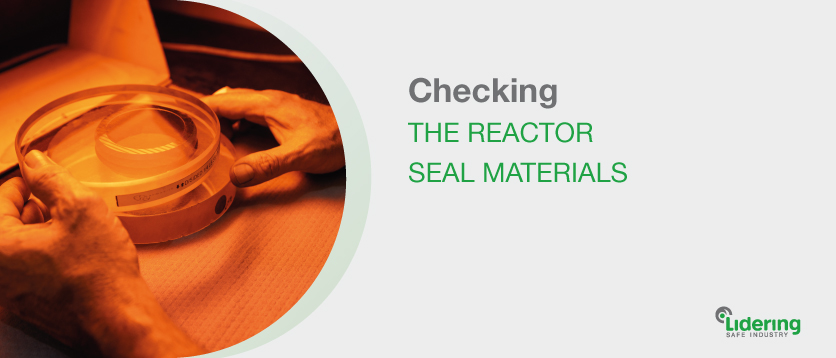Reactor seals are complex systems manufactured with high added value components for any industrial sector. At Lidering we have the knowledge and experience to manufacture reactor seals. But who is responsible for the repair of a reactor seal? Our Lidering Production Centre includes facilities for the repair of all types of mechanical reactor seals, so we can say that we have the infrastructure, knowledge and experience to repair reactor seals, with the aim of getting them back to working as they did on the first day. This seal repair process helps us to be more aligned with the Sustainable Development Goals, contributing to the circular economy and giving a second life to high-value seals.
In addition, at Lidering we have Saqr-ATEX certification, which allows us to repair ATEX-certified equipment. In this way, we can give continuity to this certification once the seal has been repaired, whatever the category of the repaired material.
How to repair a reactor seal
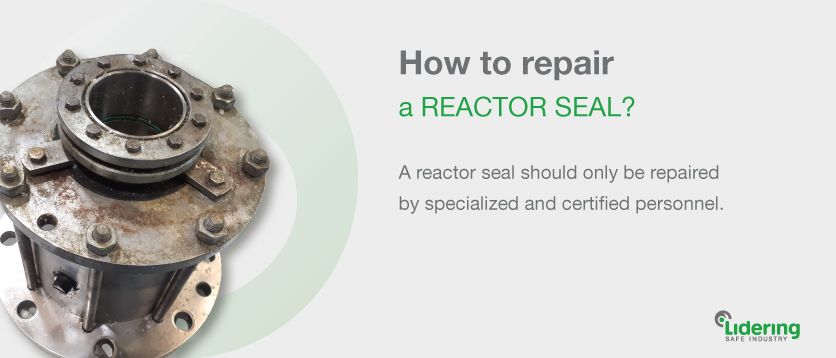
A reactor seal should only be repaired by specialised and certified personnel, as they are used in critical applications. The repair process is very delicate and requires an expert in reactor seal repair. However, let’s take a look at our procedure for repairing a reactor mechanical seals:
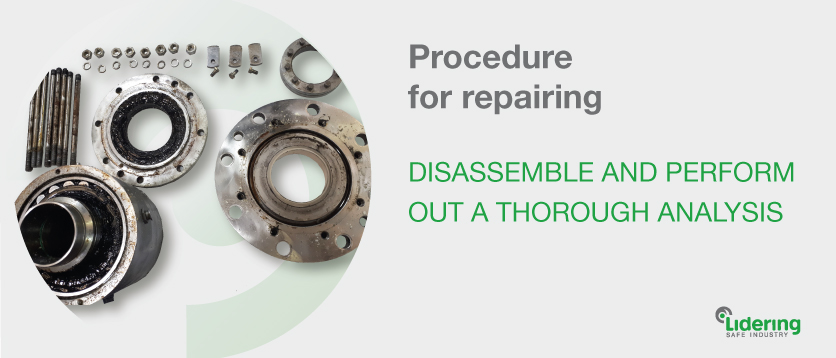
- The first step is to disassemble and carry out a thorough analysis of all the components that make up the seal. The condition of each component is examined and all the operations necessary to bring each component of the reactor seal back into proper working order are studied.
- Each mechanical component is disassembled, cleaned and prepared for reassembly.
- If no damage to the seal components is evident and there is every indication that it may be operational again, the reactor parts are subjected to an ultrasonic bath and a light sandblasting.
- If, on the other hand, significant damage is found, the damaged component is designed and the specific part is remanufactured, using the highest quality material from European sources, which is always available.
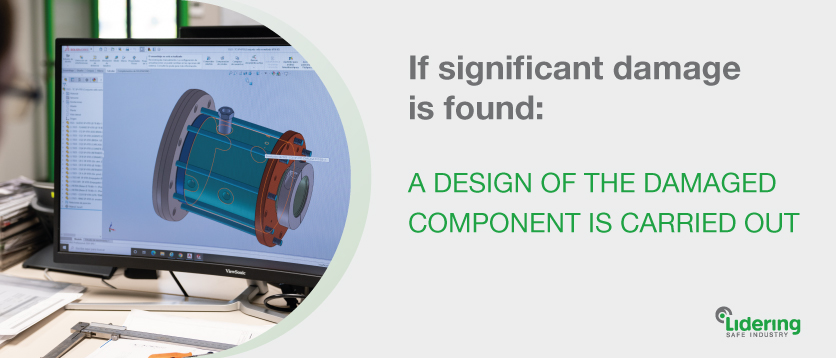
Manufacture of reactor seals components
At Lidering, our operators use modern machinery – such as conventional and CNC lathes and milling machines – to manufacture all the components needed in a reactor mechanical seal: whether for a repair of a specific component or for serial production.
It is very common to find parts that are slightly deteriorated or that need to be improved to increase their efficiency. And it is in these cases when the technical experts team in reactor seal repair assesses the possibility of making improvements to these metal components, increasing the functionality, efficiency and durability of the damaged part.
But how can we increase the durability of reactor seal parts? Our technical team carries out the stellite coating, which we usually propose for areas that are subject to constant friction, such as the bearing seals on the reactor seal sleeve. This coating process increases the hardness of the area on which these seals work, reducing wear and facilitating the repair process on future occasions.
Sustitución de componentes de sellos de reactor según el material
The contact surfaces are carefully examined for damage and, depending on the damage, a decision is made whether to rectify, lapping or, if broken, to replace them. This depends on two main factors: the severity of the damage and the material of the rubbing face.
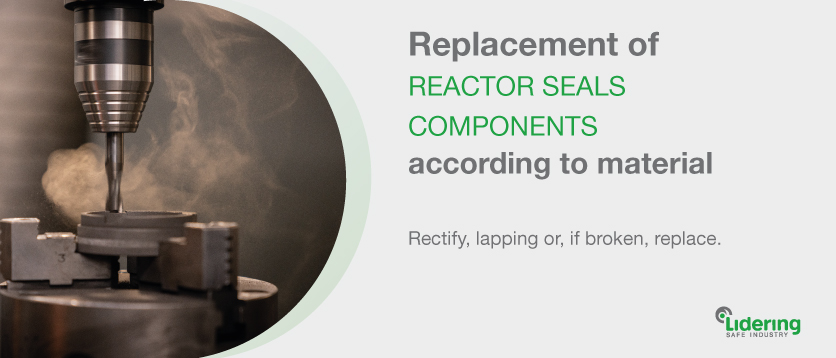
Graphite rubbing face
If a contact face is made of Graphite, it is always possible to replace it with a new one, Lidering has the advantage of having its own Production Centre for the repair and improvement of mechanical seals, which has a Graphite machining room. This replacement of Graphite contact surfaces guarantees that possible internal damage to a component manufactured in graphite does not affect the functioning of the repaired seal.
Silicon Carbide or Tungsten Carbide contact surface
In the case of the contact surfaces made of Silicon Carbide or Tungsten Carbide, it is usually possible to recover them after a grinding and lapping process in our production machines, prepared for this purpose. After grinding and subsequent lapping on our production machines, which are prepared for this purpose, they can be recovered.
Checking the reactor seal materials
Other materials that must be checked to ensure that a reactor seal is functioning properly are the springs. It is also important that they are cleaned and tested to ensure that they generate the correct force for the seal to function as effectively as when new. The way to check the condition of the springs is through a dynamometer, available in our metrology room.
In addition, it is important to mention that wear components such as oil seals, bearings and rubber gaskets are always replaced with material of the same characteristics, provided by the other companies of the Epifoc Group.
Finally, the way to ensure that the reactor seal meets the guarantees expected for a repair of this type is to carry out a leak test.
Now you know the step-by-step of repairing mechanical reactor seals and what to do if you want to replace damaged components in a reactor seal. But if you wish, you can contact Lidering’s technical team and, together with our Mechanical Seals Production Centre, they will find the best solution for the repair of this type of seals.

